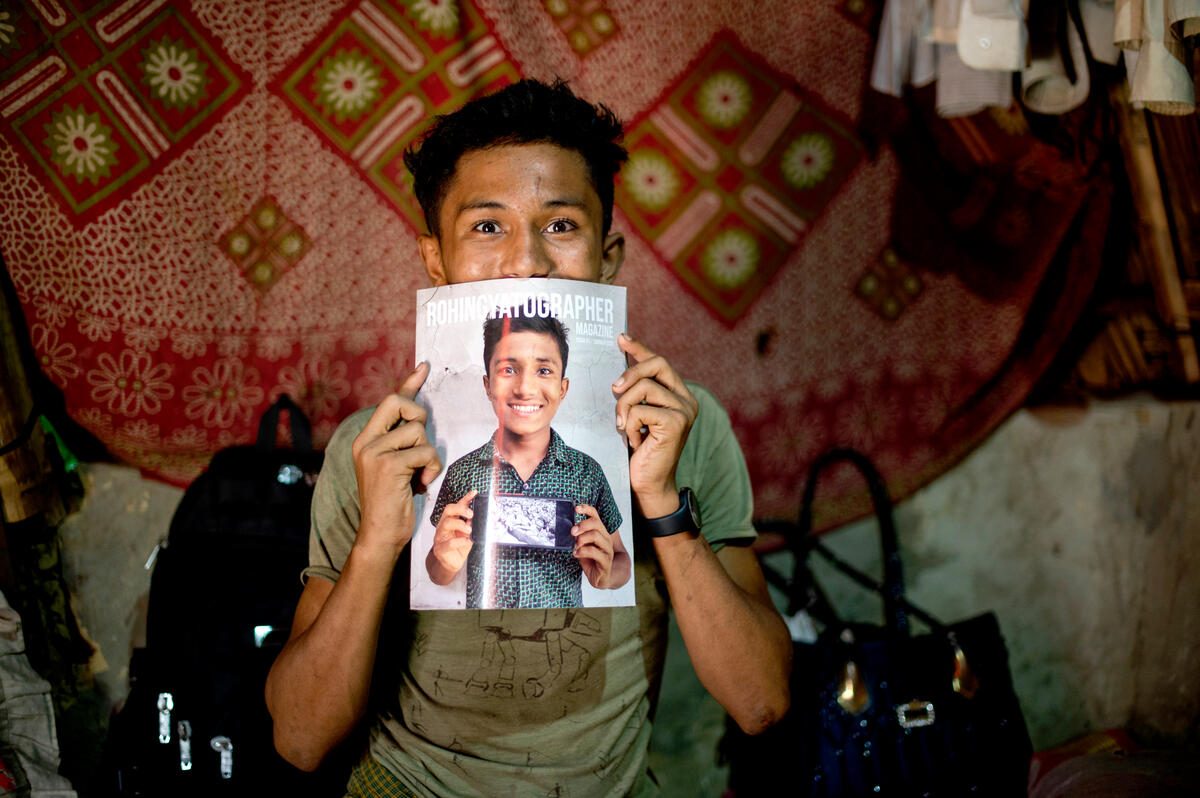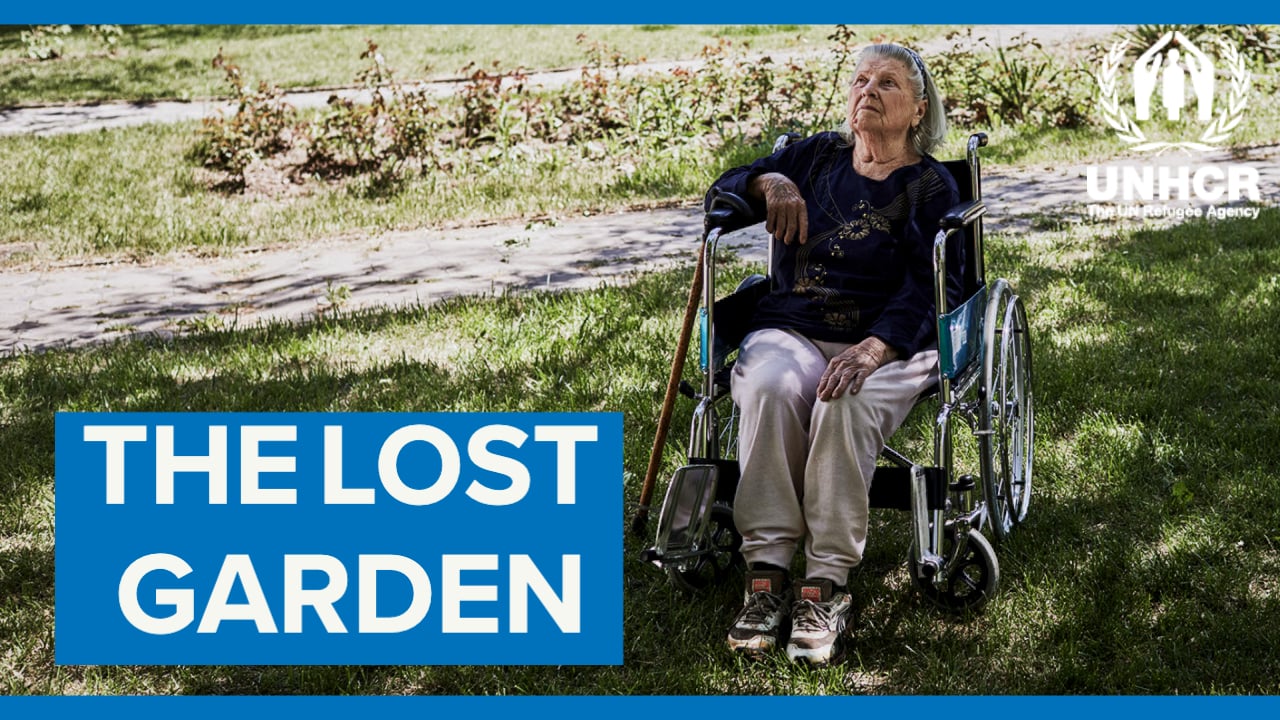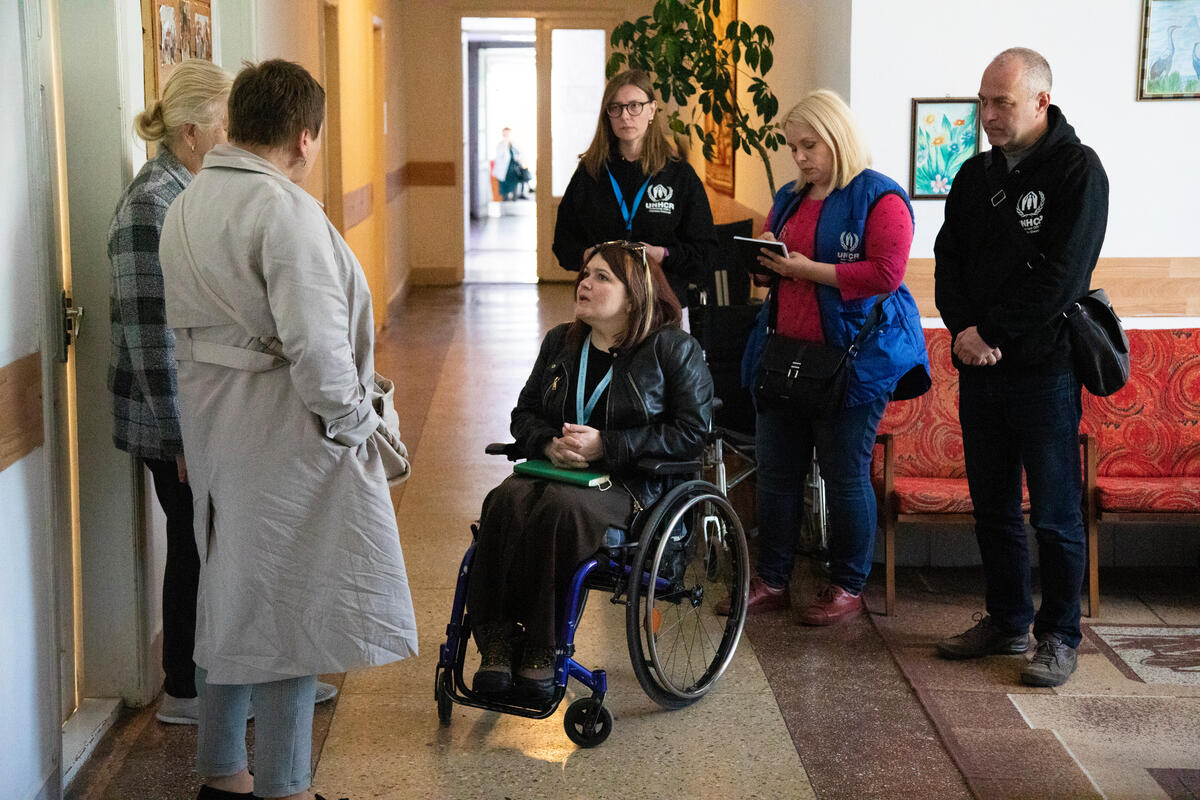Photographer's injuries boosted resolve to tell refugee tales
Photographer's injuries boosted resolve to tell refugee tales

GENEVA – Award-winning photographer Giles Duley, who has carved a reputation as a gritty chronicler of the resilience and courage of refugees, says he feared his career was over after he suffered life-changing injuries on assignment.
Instead it made him even more determined to tell refugees’ stories in a way that portrayed them not as victims, but as victims of circumstance, he told a gathering organized by UNHCR, the UN Refugee Agency, in Geneva marking the UN International Day of Persons with Disabilities last week.
“All of us have to confront our own prejudices and preconceptions of what disabled people can and cannot do,” he said.
Eighteen months after he was injured in 2011, losing both legs and one arm when he stepped on an improvised explosive device in Afghanistan, Duley set off on photo missions to Afghanistan and Lebanon.
“My disability shouted louder than my skills.”
He financed himself with the aim of showing he was still capable of taking high-quality photos.
However, he was surprised that he was offered little work. “My disability shouted louder than my skills,” he said.
It was only after he insisted that his photos and stories be published without mentioning his disability that the work started coming in again. Since then, his photos have been used in publications such as GQ and some were displayed on stage during a tour by the British band Massive Attack.
In October, he won a prestigious International Photography Award for his portraits of Syrian refugees.
Among the stories that illustrated the resilience of refugees whom he had encountered on assignment for UNHCR, he mentioned a four-year-old Syrian girl called Aya with spina bifida, whose story he told earlier this year.
Progress has been made in the past decade, but significant challenges remain.
When he first met the family, they were living in terrible conditions in a makeshift tent next to a cement factory in Lebanon. Seeing them again a few weeks ago, now resettled in France, he noticed a difference. Aya’s mother had started wearing colorful headscarves, “because I’m finally happy”, she told him. He realized it was the first time he had seen them all smiling and laughing together.
This year is the 10th anniversary of the adoption of the UN Convention on the Rights of Persons with Disabilities.
According to the UN High Commissioner for Refugees, Filippo Grandi, much progress has been made in the past decade, but significant challenges remain in fully realizing the rights of people with disabilities, including those among the agency’s own work force.

In an email to staff, he noted that the UN-sponsored Sustainable Development Goals contained a pledge to leave no one behind, yet “we know that persons with disabilities continue to be left behind.”
“They face barriers to accessing protection and assistance programs, education, and livelihoods, and are often excluded from decision-making processes and leadership opportunities,” he wrote.
“Their exclusion is frequently linked to attitudes and stigma about disability, which serve to undermine the capacities of persons with disabilities and the contributions they make to their families and communities."








